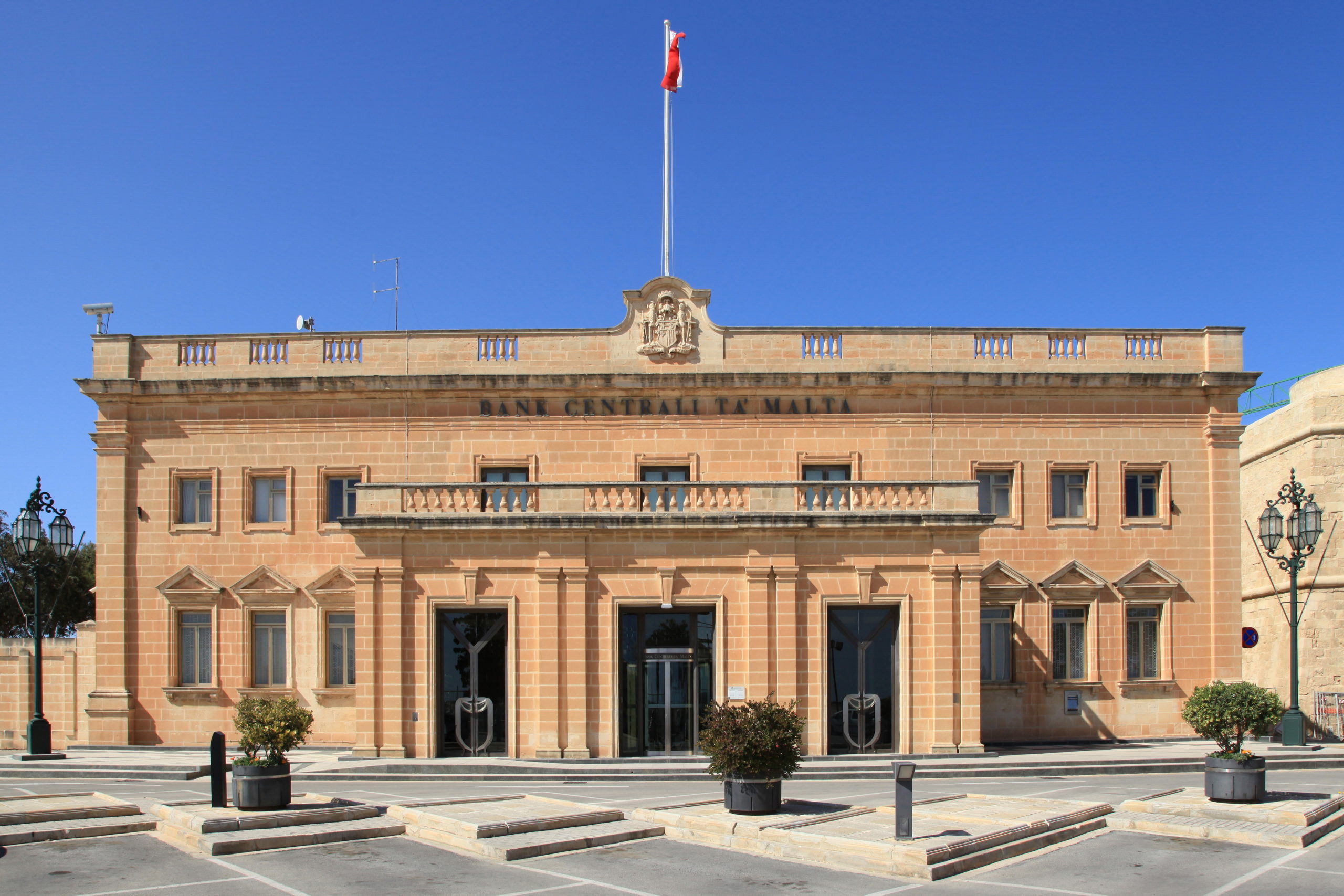In 2024, the Central Bank of Malta (CBM) played a pivotal role in the implementation of the European Central Bank’s (ECB) monetary policy, as it sought to steer liquidity conditions, manage interest rates, and ensure financial market stability during a year marked by easing inflation and gradual monetary tightening.
Throughout the year, CBM continued to conduct standard Eurosystem open market operations, including Main Refinancing Operations (MROs) and Long-Term Refinancing Operations (LTROs), designed to manage liquidity and signal policy stance.
Malta’s credit institutions increased their reliance on MROs significantly, participating in 53 such operations with a cumulative amount of €440.8 million – substantially higher than the €65 million recorded in 2023. In contrast, no Maltese institutions participated in LTROs during 2024, down from €102 million the previous year.
The last outstanding Targeted Longer-Term Refinancing Operation (TLTRO III) matured in 2024, marking the end of an era of pandemic-era liquidity support. There were no early repayments from Maltese institutions under this scheme.
Liquidity still ample but declining
The ECB continued to operate under a full allotment policy, ensuring banks could access liquidity as needed. However, excess liquidity levels began to decline across the euro area, prompting the Governing Council to initiate a review of its operational framework.
To align money market rates more closely with policy intentions, the spread between the MRO rate and the deposit facility rate (DFR) was narrowed to 15 basis points from 50, while the marginal lending facility retained a 25 basis point premium over the MRO. These changes took effect in September 2024.
The Central Bank also assisted the ECB with liquidity forecasting, submitting weekly projections of balance sheet items such as banknotes in circulation, government deposits, and foreign assets.
Interest rates on a downward path
In a marked shift, the ECB cut its three key policy rates four times in 2024, ending the year with the DFR at three per cent, the MRO rate at 3.15 per cent, and the marginal lending facility at 3.40 per cent. These decisions reflected abating inflation and a more accommodative policy stance aimed at supporting growth without reigniting price pressures.
The Asset Purchase Programme (APP) continued to decline predictably as the ECB ceased reinvesting matured securities. The Central Bank of Malta’s PSPP holdings stood at €993.1 million, with an average maturity of 9.4 years.
Meanwhile, 2024 marked the final phase of the Pandemic Emergency Purchase Programme (PEPP). CBM bought €12.4 million in sovereign bonds under PEPP, bringing total purchases to €562.1 million since inception. By year-end, PEPP reinvestments ceased, and the CBM’s portfolio under this scheme totalled €483.4 million.
Collateral and liquidity support
As part of its role in the Eurosystem, the CBM managed collateral used in refinancing operations. By December, the market value of securities pledged with the Bank (post-haircut) reached €1.135 billion. Notably, around 78 per cent of this was comprised of Maltese government debt instruments.
In a significant step toward greater harmonisation, the ECB announced a revamped collateral framework, effective from late 2025, incorporating asset-backed securities, foreign-currency denominated instruments, and additional credit assessments by national central banks.
US dollar operations and standing facilities
Malta’s banks continued accessing US dollar liquidity through weekly operations backed by the Federal Reserve and the ECB. In total, Maltese institutions drew USD 6.8 billion in 2024, down from USD 11 billion the year before.
Use of the overnight deposit facility by Maltese banks declined to an average of €4.4 billion daily, reflecting reduced excess liquidity. As in 2023, there was no recourse to the marginal lending facility, suggesting that banks faced no significant short-term liquidity strains.
Expanding and diversifying the bank’s portfolio
Beyond monetary policy, the Central Bank of Malta continued managing its non-monetary portfolio, which reached €3.4 billion in 2024. A diversification effort initiated in 2021 saw the Bank tilt towards a broader range of asset classes and introduce an internally managed foreign currency inflation-linked bond portfolio in 2024.
Roughly 64 per cent of CBM’s financial assets were held in euro, while the remainder was diversified across G10 currencies – primarily the US dollar. Foreign exchange risk was mitigated through strategic hedging practices and preference for hedged investment funds.
New Msida flyover comes with triple-layered barriers
It also includes a barrier between the two lanes that can be dismantled in case of an emergency
Teatru Manoel and Med TV sign MoU to broadcast Maltese culture around the world
A vast selection of artistic productions and cultural events performed at Teatru Manoel will be broadcast internationally via Med.TV
MFSA hosts governance workshop with Ghanaian parliamentary delegation
The workshop focused on corporate governance, board effectiveness and enforcement practices within Malta’s financial services sector






